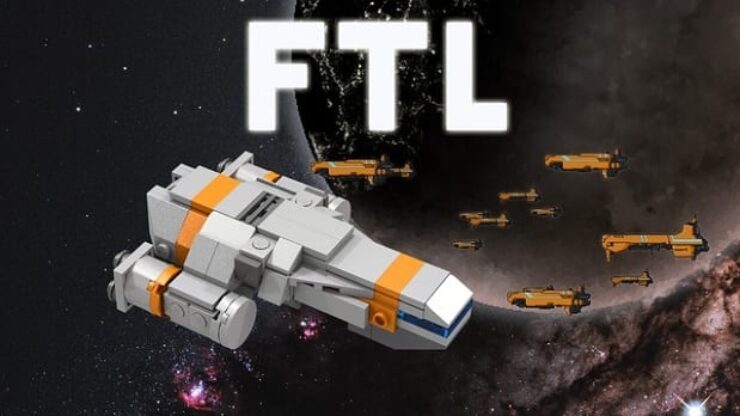

Each run is different, encouraging you to experiment with strategies. It's a hard game you play until you die and then try again. Unusually, you have complete control of every function of your ship and must manage systems, crew and scenarios. Next time, I'll be ready.FTL: Faster Than Light is a strategic simulation game where you combat enemy spaceships and survive the dangers of the galaxy. When I met that nice slug selling drones that would defend my ship's interior, I should have bought them. "I wasn't ready for the mantis men to eat my whole crew. "OK, I'll admit it," I'd say to no one in particular. No, I'd simply restart - maybe renaming my ship or crewmates to shake off any bad juju - and try to keep in mind the dozen or so ways I knew I could be better the next time out. My response to seeing my ship explode was rarely to quit out in a rage. It also helps that each attempt is typically 30 minutes to an hour long, so you're rarely investing enough time to be frustrated by starting over. You never know what you're going to encounter in a given playthrough, which is what makes the frequent deaths so palatable. Other times, it's just bad luck, like when you unwittingly steer into a nebula that robs your ship of half its power, turning it into an exceptionally large target for piracy. Sometimes, you have no one to blame but yourself, like when you try to heroically rescue a transport ship in hopes of recovering some weaponry, resources or intel. Then there are the abandoned security drones that have an irritating habit of reactivating and taking out the only thing in their crosshairs. You'll also have to contend with pirates who'll go so far as to board your ship to take you down from the inside.

In practical terms, that means hopping from planet to planet and sector to sector as a giant wall of doom bears down on you. Your crew is on the run from rebels who want to recover some information they possess that's desperately needed by the federation you're aligned with. Those are a lot of plates to keep spinning, and FTL loves nothing more than to bring them all crashing down around you. Prioritizing enemy targets while still trying to keep your essential systems running is the core of the game. The good news is you can deliver the same targeted punishment. Gradually, your abilities outstrip your engine's capability to power them and knowing when to turn off dodging to fully power your shields or open up all your weapons at the expense of your medical bay, for example, becomes key to victory. The only good thing about a damaged system is that it stops drawing power from the pool your ship's components share. That's bad, because the crew is essential to repairing rooms, and even that carries a risk of death by fire or further enemy attack. If you lose O2, your team will soon be gasping for their next breath. If your shield room goes down, every shot will strike your ship. As enemies damage those rooms of your ship, the corresponding systems shut down. As you can see with a single top-down glance of your craft, shields are in one room, weapons in another and so on. What FTL does so brilliantly is make all its complex elements easy to manage and understand by pinning every system to a physical segment of the ship.


 0 kommentar(er)
0 kommentar(er)
